In the world of email marketing, every email counts. With the ever-growing competition for attention in inboxes, it’s crucial to ensure your cold emails are delivered to the right people and at the right time. Cold email checker tools can be your secret weapon in achieving this, helping you to optimize your outreach and boost engagement rates. But how do these tools work, and what are the best practices for utilizing them effectively?
In this blog post, we’ll dive into the importance of cold email checkers, their key features, top tools available, and the steps to use a cold email checker effectively in your email campaigns.
Key Takeaways
- Cold email checkers are essential for improving deliverability, safeguarding sender reputation and preventing emails from being marked as spam.
- Syntax validation, domain verification and mailbox confirmation are key features of an effective cold email checker to ensure accurate delivery.
- Best practices include regularly validating the list, removing inactive/unengaged contacts and monitoring bounce rates & spam complaints to maximize engagement rates.
The Importance of Cold Email Checkers
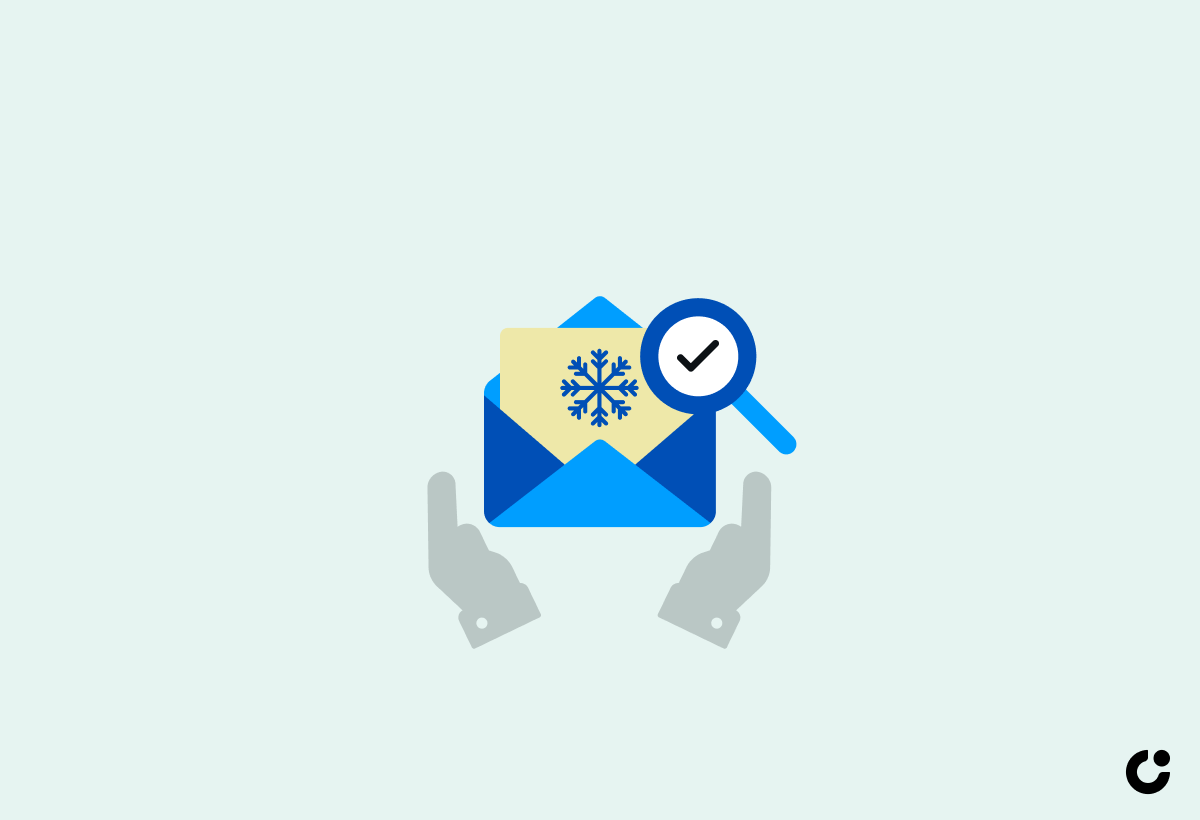
The success of your email campaigns can be significantly enhanced by utilizing cold email checkers. They work by:
- Verifying email addresses
- Ensuring that your emails have a better chance of landing in the intended recipient’s inbox
- Improving email deliverability
- Safeguarding your sender reputation
- Preventing your emails from being marked as spam
Moreover, the accuracy rate of email verification is around 99%, which means that by using a cold email checker, you can significantly reduce bounce rates and increase engagement in your email campaigns. When sending cold emails, testing deliverability becomes particularly vital for campaign success.
Enhancing Deliverability

Verifying email addresses plays a significant role in enhancing deliverability, a pivotal aspect of any email campaign. By conducting the following steps, you can ensure the basic accuracy of your email list and improve the effectiveness of your subject lines:
- Syntax validation: Check if the email addresses in your list follow the correct format.
- Domain verification: Verify the domain of each email address to ensure it is valid and active.
- IP address lookup: Use tools to detect potential cases of email spoofing or risky email addresses.
By implementing these verification steps and conducting a deliverability test, you can improve your email deliverability and increase the success of your email campaigns.
Tools like MXToolbox DNS Check are handy in verifying domain authenticity. Although it doesn’t guarantee 100% deliverability, using such tools can significantly improve the chances of your emails reaching the intended recipients’ inboxes. This, in turn, boosts engagement rates and the overall success of your cold email outreach.
Reducing Bounce Rates
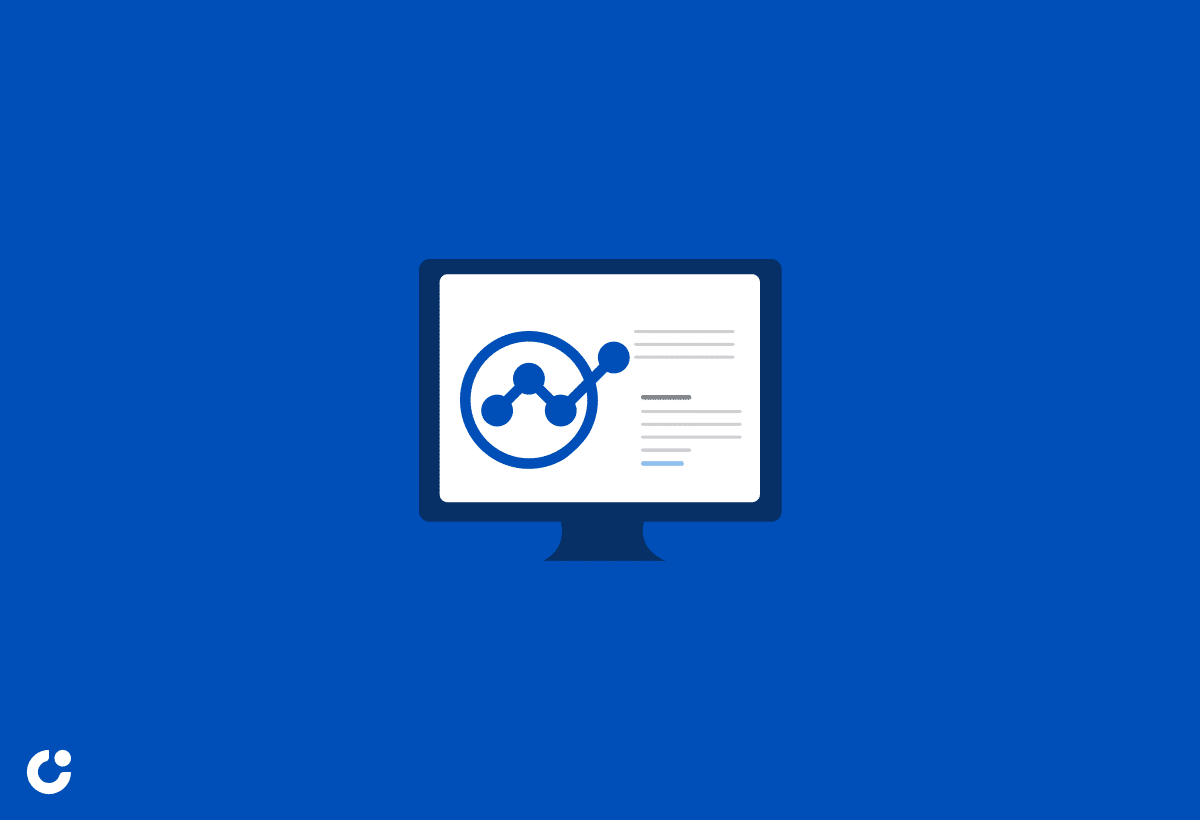
Sender reputation and email deliverability can be severely impacted by a high bounce rate. There are two types of email bounces: soft bounces and hard bounces. Soft bounces are temporary issues, while hard bounces are permanent, occurring when the email address is invalid or doesn’t exist. By verifying email addresses and removing invalid or inactive ones from your mailing list, you can significantly reduce bounce rates.
By detecting and removing invalid or spammy email addresses, email verification tools ensure delivery to valid and active recipients. This not only reduces bounce rates but also improves your sender reputation, increasing the likelihood of your emails being successfully delivered to the recipients’ inboxes. Thus, for reducing bounce rates and ensuring successful email campaigns, maintaining a clean and accurate mailing list is a must.
Boosting Engagement Rates

By eliminating invalid email addresses from your mailing list, the likelihood of connecting with potential leads and promoting higher engagement rates is increased. When emails are sent to valid and correctly inputted addresses, it boosts deliverability, thereby increasing the likelihood that your emails arrive in the intended recipients’ inboxes. Conversely, if the email addresses are invalid or incorrectly inputted, it can lead to low deliverability rates, negatively impacting engagement rates.
A high bounce rate in cold email campaigns can detrimentally impact engagement rates. This can damage the sender’s reputation, increasing the chances of emails being routed to the spam folder. Moreover, a decrease in engagement with recipients can occur if a high bounce rate implies out-of-date or invalid email addresses. Hence, preserving email validity is essential for optimizing engagement rates in a cold email campaign.
Key Features of an Effective Cold Email Checker

Syntax validation, domain verification, and mailbox confirmation are the three core components an effective cold email checker should possess. These features work together to ensure the accuracy and validity of your email list, reducing the likelihood of bounce backs, and improving email deliverability. Crafting a compelling subject line is also essential in cold email campaigns to grab the recipient’s attention.
Incorporating these key features helps a cold email checker streamline your email campaigns, ensuring email delivery to the intended recipients while keeping your sender reputation intact. With an effective cold email checker, you can minimize the risk of sending emails to invalid or inactive addresses, thereby maximizing the success of your campaigns.
Syntax Validation

Syntax validation is the initial step in email verification and involves verifying that an email address is properly formatted and adheres to the syntax rules. This process ensures that the email address has the correct structure, including the presence of an “@” symbol, a domain name, and a top-level domain. By implementing syntax validation, businesses can filter out incorrectly structured email addresses, thus improving data accuracy and decreasing the risk of bounced emails.
Email checker software typically identifies errors such as missing “@” symbols, invalid domain names, and incorrect formatting. In cold email checking, syntax validation is pivotal in ensuring the email addresses adhere to the appropriate syntax, avoiding potential marking as spam or any adverse effect on sender reputation.
Domain Verification

Domain verification involves examining the DNS records, executing email syntax checks, and confirming the existence of the domain. This process helps guarantee that the email address is valid and decreases the likelihood of sending emails to invalid or non-existent addresses. Domain verification also bolsters email deliverability by authenticating and validating the sender’s domain, increasing the likelihood of emails being sent to the recipients’ inboxes instead of being marked as spam.
For verifying domain authenticity, tools such as MXToolbox DNS Check can be employed. While it doesn’t guarantee 100% deliverability, utilizing such tools can significantly improve the chances of your emails reaching the intended recipients, thereby boosting engagement rates and the overall success of your cold email outreach.
Mailbox Confirmation

Mailbox confirmation is a process used to verify emails by checking the authenticity of an email address. It does so by sending a confirmation email to that address. The recipient must click on a verification link or perform a specific action to confirm their ownership of the email account. This helps ensure that the email address provided during the signup or registration process is accurate and belongs to the intended user.
Mailbox confirmation, by confirming an active and existing email address, enhances the probability of the email reaching the recipient’s inbox, thereby improving email deliverability. Some cold email checkers employ various techniques of mailbox confirmation, including:
- Syntax check/validation
- Blacklist check
- Domain/MX record check
- Email ping
Top Cold Email Checker Tools

Several cold email checker tools have garnered high ratings, such as:
Each of these tools offers unique features and benefits, catering to different needs and preferences.
In the following sections, we will briefly discuss three of these top tools and their standout features.
How to Use a Cold Email Checker Effectively

An effective use of a cold email checker involves a simple yet efficient process:
- Import your email list into the tool.
- Run the verification process to validate syntax, domain, and mailbox.
- Analyze the results to update the mailing list by removing any invalid email addresses.
In the following sections, we will delve into each of these steps in more detail.
Importing Your Email List
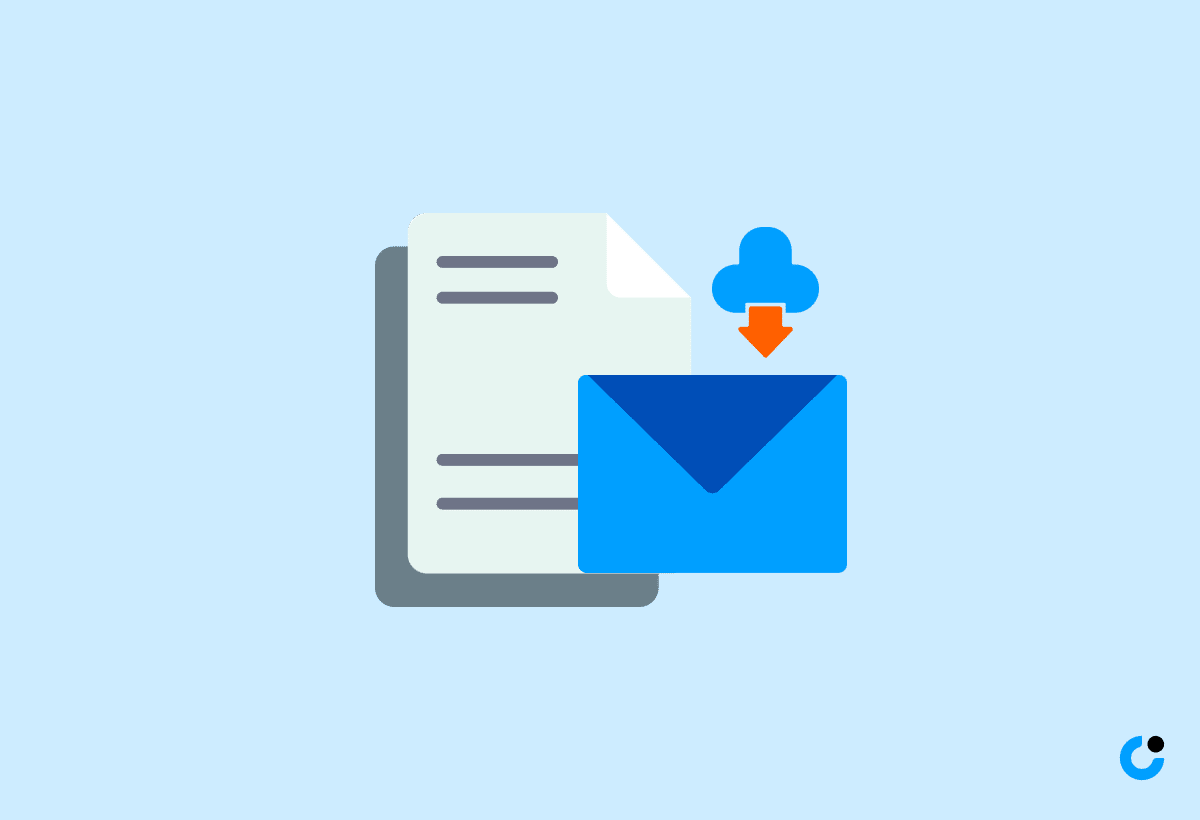
Begin by importing your email list into the cold email checker tool. Many cold email checkers offer the option to import email lists in bulk, either by copying and pasting the email addresses or by uploading a CSV file containing the email lists. Be aware of any size limitations when importing an email list into a verification tool, as some tools may have a file size limit or a limit on the number of users or contacts that can be imported.
When importing an email list, ensure that all contacts are included for verification. Address any common issues encountered when importing an email list, such as:
- Duplicate contacts
- Bounced emails
- Unsubscribed contacts
- Incorrect file formats and syntax errors
- Incomplete or missing data
By thoroughly importing and preparing your email list, you can guarantee a more effective verification process.
Running the Verification Process

After importing your email list, the verification process can be initiated. A cold email checker will verify the syntax, domain, and mailbox validity of each email address. The duration of the verification process in cold email checkers typically takes a few seconds to a few minutes, depending on the size of the email list and the efficiency of the tool employed.
Running the verification process allows for the identification of potential issues with your mailing list, such as invalid or inactive email addresses. This allows you to address these issues promptly, ensuring that your emails reach the intended recipients and that your sender reputation remains intact.
Analyzing the Results

After the verification process is complete, it’s crucial to analyze the results to ensure the accuracy and validity of your email list. A cold email checker report usually contains data regarding the deliverability of the email, such as:
- Whether it was successfully delivered or if it bounced
- Details on the email’s open rate, click-through rate, and response rate
- Data on the email’s spam score and whether it passed any spam filters
Analyzing this data will help you understand the quality of your email list and make any necessary adjustments to improve your email marketing efforts.
Analyzing the results facilitates the removal of invalid email addresses and the consequent updating of your mailing list. This ensures that your email campaigns reach their intended recipients and that your sender reputation remains intact. Implementing regular validation and monitoring of your email list is essential for maintaining email list hygiene and achieving the best possible results in your email campaigns.
Best Practices for Maintaining Email List Hygiene
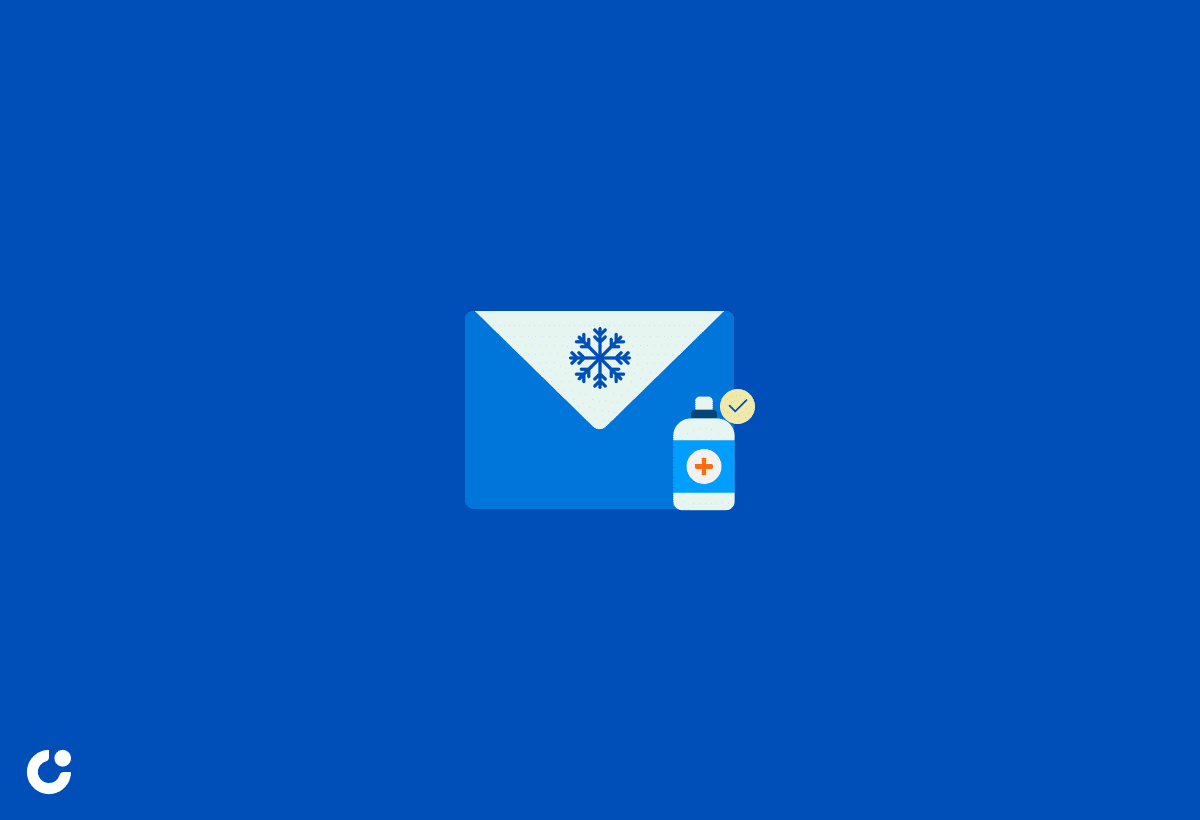
High deliverability rates and recipient engagement can be achieved by maintaining email list hygiene. By regularly validating your email list, removing inactive and unengaged contacts, and monitoring bounce rates and spam complaints, you can ensure the accuracy and validity of your email list, resulting in more successful email campaigns.
In the following sections, we will discuss these best practices in more detail.
Regularly Validate Your Email List

Regular validation of your email list is pivotal not only for ensuring email delivery to the intended recipients but also for maintaining a favorable sender reputation. By consistently validating the email list, you can:
- Detect and remove invalid or inactive email addresses
- Diminish the possibility of emails bouncing or being marked as spam
- Enhance the general efficacy of email marketing campaigns
- Assist in cultivating a more engaged and responsive audience.
It is suggested to validate the email list every three to six months to guarantee that emails are being sent to active and valid addresses, thereby reducing bounce rates and improving deliverability. By doing so, you can ensure the accuracy and validity of your email list, resulting in more effective email campaigns.
Remove Inactive and Unengaged Contacts

For optimizing engagement rates and ensuring accurate metrics for email performance, it’s essential to remove contacts who are inactive or unengaged. Inactive contacts may no longer be using their email addresses or may have changed their email addresses, while unengaged contacts may no longer be interested in receiving your emails.
By removing these contacts from your email list, you can:
- Focus on engaging with recipients who are genuinely interested in your content
- Achieve higher open rates, click-through rates, and conversions
- Improve your sender reputation and deliverability, ensuring that your emails successfully reach their intended recipient’s inbox by including an unsubscribe link.
Eliminating inactive and unengaged contacts is a crucial step in optimizing your email marketing strategy.
Monitor Bounce Rates and Spam Complaints
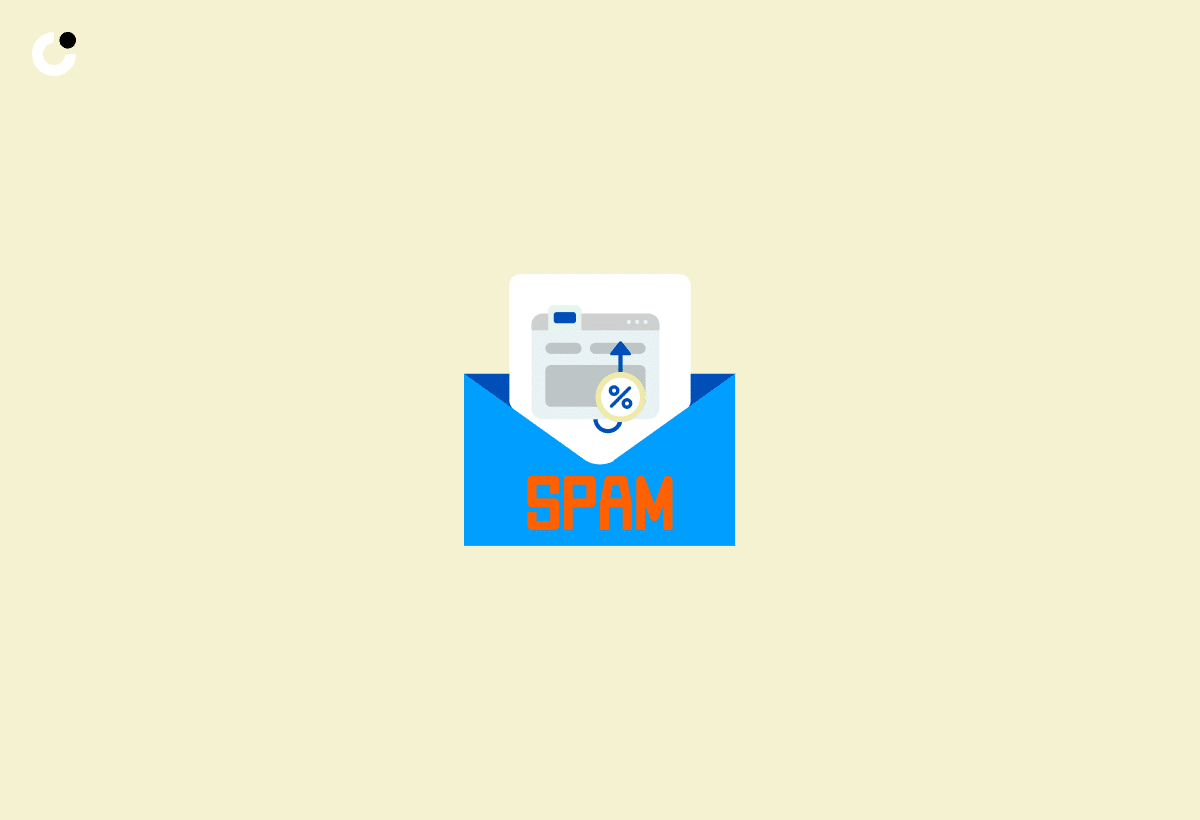
Prompt identification and resolution of potential issues with your mailing list can be achieved by monitoring bounce rates and spam complaints. A high bounce rate in email marketing implies that a substantial amount of emails sent were not delivered to the recipients’ inboxes. This can be attributed to various causes such as invalid or inactive email addresses, spam filters, or inadequate email marketing techniques.
By monitoring bounce rates and spam complaints, you can identify the underlying cause and take corrective measures, such as eliminating invalid or inactive email addresses, refining email marketing strategies, or utilizing a cold email checker tool to guarantee delivery. This ensures the success of your email campaigns and helps maintain a favorable sender reputation.
Summary
In conclusion, cold email checkers are indispensable tools for enhancing the success of your email campaigns. By verifying email addresses, maintaining email list hygiene, and employing best practices, you can optimize your outreach, boost engagement rates, and improve your sender reputation. By incorporating the key features of an effective cold email checker, such as syntax validation, domain verification, and mailbox confirmation, you can streamline your email campaigns and ensure that your emails reach their intended recipients. With the right tools and strategies in place, the power of cold email marketing is yours to harness.
Frequently Asked Questions
How do you test cold emails?
To test cold emails, create two different versions of a single element in the email, set campaigns for each version, follow up on both campaigns, and then check the results to determine which version was more successful. Additionally, ensure the answer does not contain any artifacts and use a professional tone.
How do I track a cold email link?
To track a cold email link, you can use a link tracking tool to create a unique link for each email or campaign. When someone clicks on the link, the data will be stored automatically and you can view the results in real time.
Is there a way to verify an email address?
Yes, an Email Verification tool is an effective way to verify emails quickly and accurately. It checks for invalid mailboxes or domains that may bounce, ensuring a valid address is being used.
Is it legal to send cold emails?
No, it is not illegal to send cold emails in the US as long as they comply with CAN-SPAM Act requirements including accurate information, a physical address and an unsubscribe link.
What are the core components of email verification?
Email verification involves validating the syntax of an email address, verifying its domain, and confirming the mailbox associated with it.

